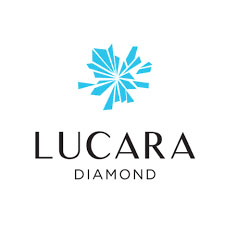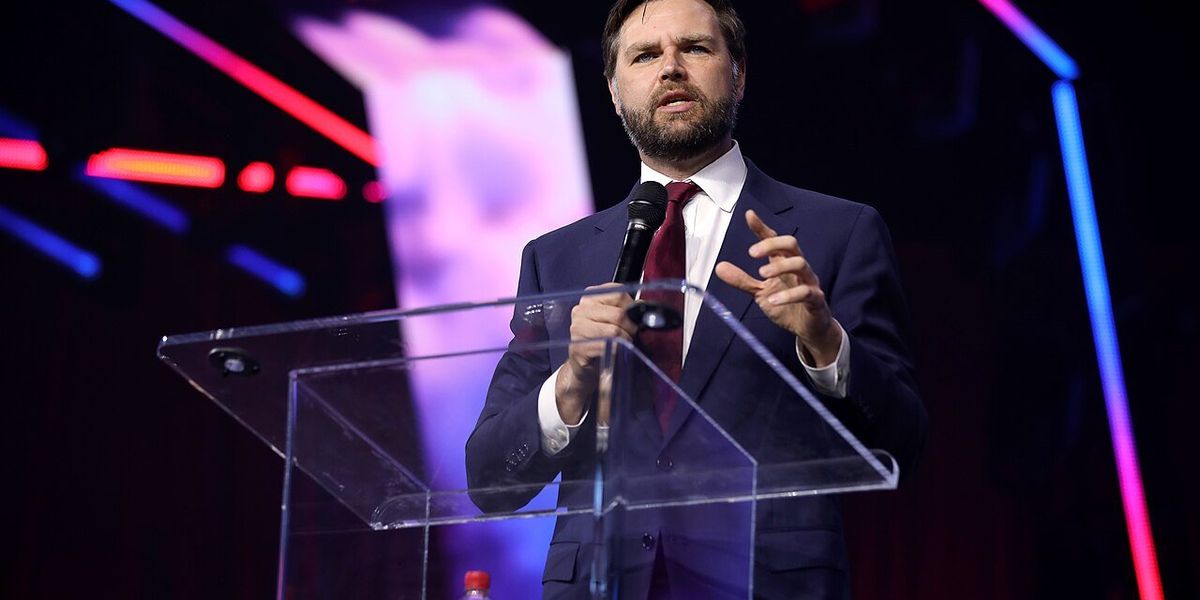By Arun Kumar Shrivastav Canadian firm Lucara Diamond Corporation on August 22 announced the discovery of the world’s second-largest diamond to date. This 2,492-carat rough diamond was found at Lucara-owned Karowe Diamond Mine in Botswana, about 500 km north of its capital, Gaborone. For Botswana, it is the largest diamond ever found in the country. The biggest-diamond ever discovered in Botswana until this one, Sewelo, was a 1758-carat rock in the same mine in 2019. French fashion brand Louis Vuitton bought it for an undisclosed sum. The discovery assumes significance as it brings natural diamonds back in spotlight at a time when lab-grown diamonds are the growing in popularity. The Karowe mine has, so far, produced five diamonds above 1000 carats, 36 diamonds above 300 carats, and 8,500 diamonds above 10.8 carats. For context, Lady Gaga turned heads at the Venice Film Festival (August 28-September 7, 2024), proudly displaying her 8-carat diamond engagement ring from fiancé Michael Polansky. The platinum-set oval-cut solitaire, valued at $578,000, added extra sparkle to her Dior Haute Couture outfit during the premiere of Joker: Folie à Deux. Gaga first hinted at her engagement during the 2024 Paris Olympics. Botswana is the world’s biggest diamond producer, accounting for 20% of global production. Its diamond revenue accounts for 30% of its GDP and 80% of export earnings. In August 2023, a 1080-carat diamond was recovered from Karowe, which is a hard rock, open-pit mine planned to be operational up to a depth of 324 meters, until 2026.After which underground mining will likely be undertaken as it is believed to remain productive for next 12-15 years. In 2015, the Karowe unearthed the Lesedi La Rona, the fifth-largest diamond ever found. Originally known as AK6 or Quad 1, this diamond was considered the third-largest in gem quality. British jeweler Graff bought the rough diamond for $63 million in 2017. Celebrity engagement rings are often as iconic as the stars themselves. Mariah Carey’s 35-carat diamond from billionaire James Packer, valued at a staggering $10 million, is top of the list. Elizabeth Taylor’s famous 33.19-carat Asscher-cut diamond from Richard Burton, known as the “Elizabeth Taylor Diamond,” is valued at $8.8 million. Beyoncé’s 18-carat emerald-cut diamond from Jay-Z is worth $5 million, while Kim Kardashian’s $4.5 million 15-carat diamond from Kanye West was stolen in a Paris robbery. Other notable rings include Angelina Jolie’s 16-carat emerald-cut diamond from Brad Pitt, worth $500,000, and Victoria Beckham’s 17-carat pear-shaped diamond from David Beckham, valued at $1.3 million. Cardi B’s 8-carat pear-shaped diamond from Offset, valued at $500,000, reflects her bold, flamboyant style. The world’s biggest diamond was discovered in South Africa in 1905. Named the Cullinan diamond, this 3,106-carat diamond was cut into more than 100 pieces, with nine major pieces. Several of these stones are now part of the British Crown Jewels. The latest find at Karowe was detected using diamond recovery X-ray technology, which is used to identify high-value diamonds and ensure they don’t break during the ore-crushing process. Modern diamond mining involves crushed ores passed over a conveyor belt and AI-powered sensors identifying the sorting gemstones. Lucara has been using this X-technology, developed in association with Tomra, since 2017 to identify and preserve high-value diamonds so that they don’t break during the recovery process. This X-ray technology has been developed in association with Tomra, a Norwegian multinational company specializing in designing and manufacturing sorting products for the food, recycling, and mining industries. Tomra’s diamond sorting technology is also deployed at Lucapa Diamonds’ Mothae mine in Lesotho, which is known to have produced rare pink, blue, and yellow diamonds. It uses the Tomra Insight cloud platform’s real-time data and analytics to recover large, high-quality diamonds with minimal breakage. “This discovery is largely thanks to newer technology that allows larger diamonds to be extracted from the ground without breaking into pieces. So we will likely see more where this came from,” Tobias Kormind, Managing Director of Europe’s largest online diamond jeweler, 77 Diamonds, was quoted talking about the latest discovery in the Botswana diamond mine. In now a viral video, Naseem Lahri, Managing Director of Lucara Diamond Corp., presents the latest discovery to Botswana’s President, Mokgweetsi Masisi. With his eyes closed and palms joined, Masisi receives the stone, taking a moment to feel its weight. He opens his eyes wide in shock and exclaims, “What!” His eyes round and mostly white as he gazed downwards at the big creamy-looking stone! His face is obstructed by its extraordinary size when he brings it close to his eyes for a good look. According to reports, discussions are ongoing between Lucara and the Botswana government about the future of this diamond, the biggest to be found in over a century. One possibility is putting it on public display to attract visitors from around the world. The diamond industry is facing a downturn, with lab-grown diamonds giving tough competition to natural diamonds. However, industry leaders say that lab-grown diamonds’ value depreciates quickly while natural diamonds hold their value. The world’s second-largest diamond discovery could not have come at a better time for Botswana, whose economy depends significantly on natural diamonds. If the diamond stays in Botswana, diamond lovers around the globe will turn their heads to this land-locked country with 2.4 million people, flat topography, and the size of France. (IPA
Subscribe
Login
0 Comments





